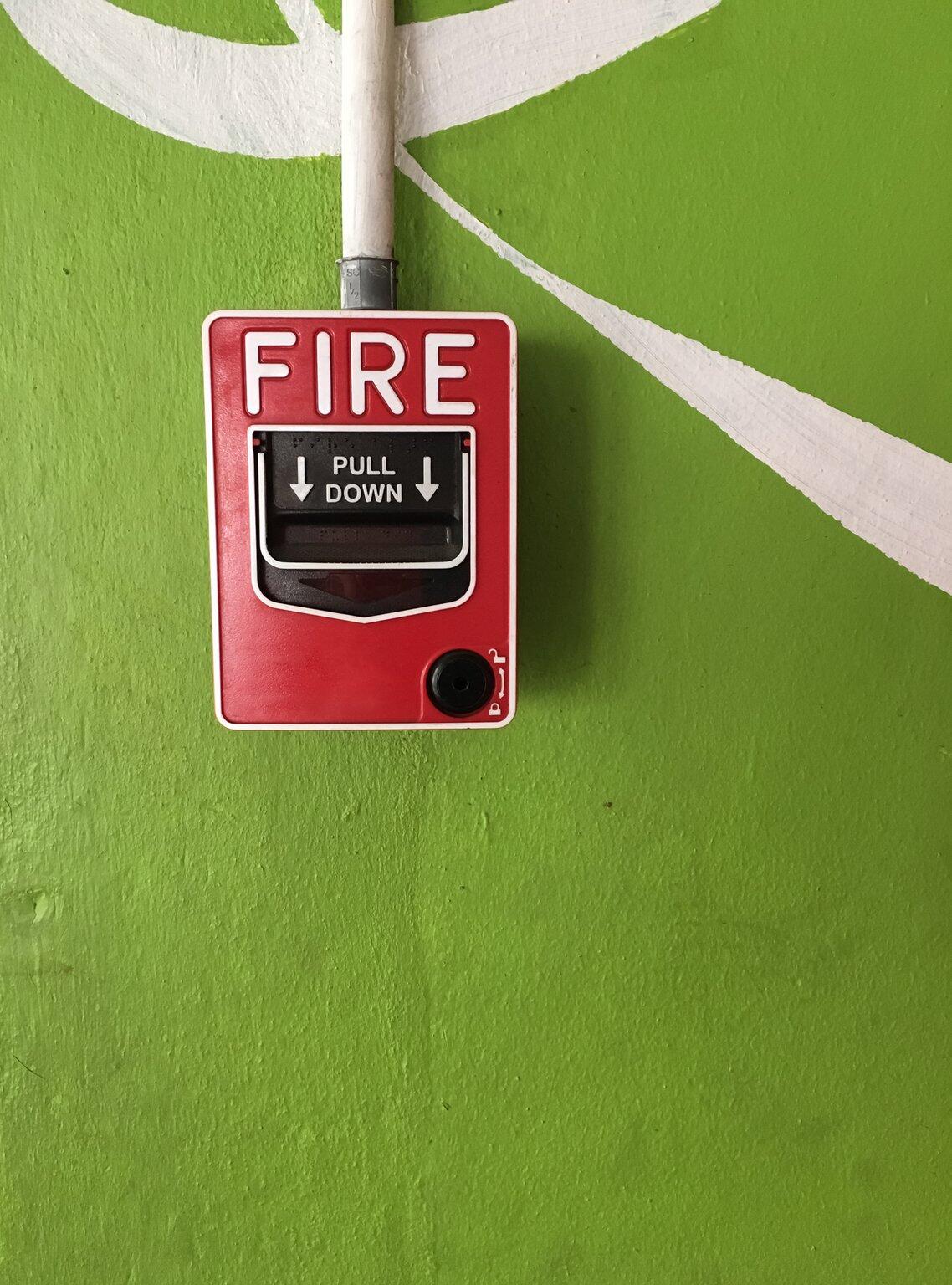
In the face of unpredictable fire hazards, do you have adequate knowledge about fire protection systems? Understanding these systems can mean the difference between safety and disaster. Wouldn’t you feel better knowing that you understand the ins and outs of fire safety?
With an intense focus on fire alarms and other types, this article will highlight the essential role each plays in safeguarding your premises. Knowing your fire protection options could be life-saving. So, fasten your seatbelts as we blaze through the many varieties of fire protection systems.
Sprinkler Systems
Sprinkler systems are one of the most common fire protection systems. These systems consist of a network of pipes with sprinkler heads installed throughout a building.
If a fire is detected, the sprinklers will disperse water, which puts out the fire and keeps it from spreading. Sprinklers can extinguish most of the flames even before fire personnel arrive.
Fire Alarms
Fire alarms are another essential component of fire protection systems. These systems include smoke detectors, heat detectors, and manual pull stations.
When smoke or heat is detected, the alarms sound, alerting occupants to evacuate the building. Fire alarms can also be connected to a central monitoring station or directly to the fire department for immediate response.
Chemical Foam Systems
Chemical foam systems are commonly used in high-risk areas, such as chemical storage facilities or aircraft hangars. These systems release foam that covers the fuel surface, depriving the fire of oxygen and extinguishing it. Chemical foam systems are highly effective in subduing flammable liquid fires.
Pressurized Gas Systems
Pressurized gas systems, also known as clean agent systems, are suitable for environments where water or foam could cause damage. These systems use gases like CO2 or FM-200 to displace oxygen, effectively smothering the fire without leaving residue or causing additional harm.
Fire Suppression Systems
Fire suppression systems are specialized systems designed to suppress fires in specific areas or equipment. Examples include kitchen fire suppression systems, which use wet chemicals to extinguish fires caused by cooking oils or grease, and vehicle fire suppression systems, which are specifically designed for use in vehicles to protect against engine fires.
Choosing the right fire protection system depends on various factors, such as the type of occupancy, the level of fire risk, and the local fire safety regulations. It’s crucial to consult with fire protection experts to ensure that the appropriate systems are installed to provide effective fire protection. Not only that, but it’s also advisable to hire 24 hour fire watch to minimize the risk of fires.
Uncovering the Various Fire Protection Systems
As you can see, all fire protection systems have unique features and applications. However, the goal of all of them is the same: to detect problems and quickly suppress them to save lives and minimize property damage.
By understanding these different systems, you can understand more about fire safety and protect what matters most. Stay safe!
If you’re interested in reading more of our content, feel free to browse more of our blog posts. Thanks for visiting our website!




